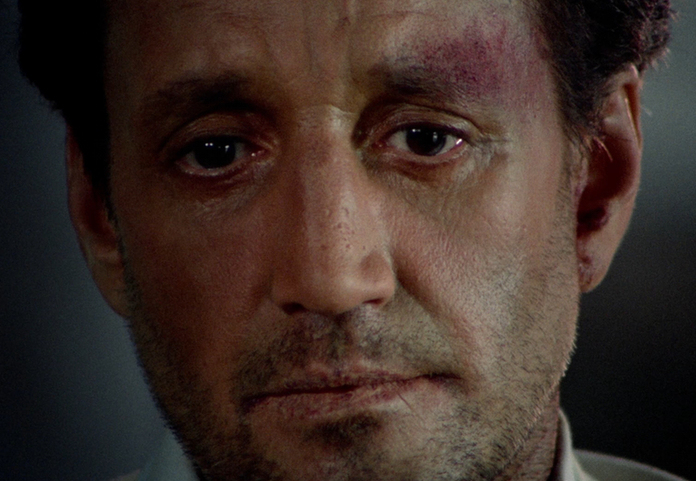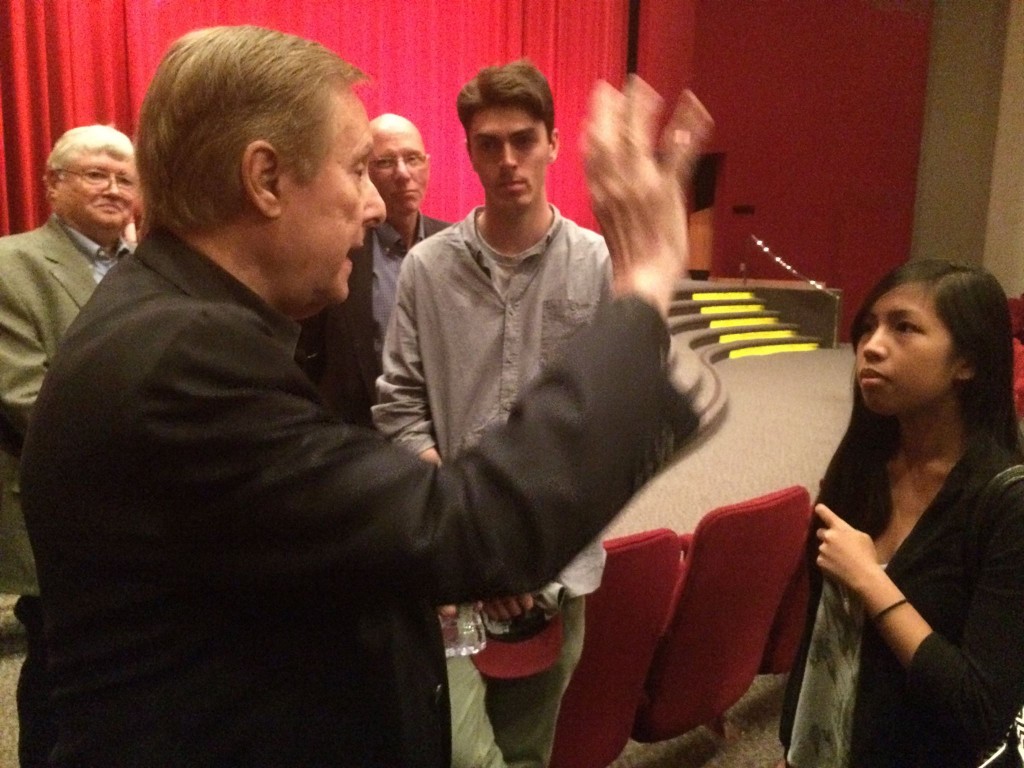“On Location: Hollywood” has been an eye-opener for me, and not just in terms of the film industry. When I first arrived at the Oakwood I thought this class would be primarily theoretical – that we would spend the next 3.5 weeks learning about how to properly identify and criticize films from Hollywood’s inception to modern day cinema. Instead, I found myself glancing through an itinerary that included visits to film festivals and meetings with industry big-wigs. I was definitely in for a treat, and my first big moment was attending the evening screening of William Friedkin’s Sorcerer (1977) at the Directors Guild of America.
Mr. Friedkin’s name was slightly familiar to me, and after failing to recall why off the top of my head I resorted to trusty (but sometimes unreliable) Wikipedia. To my surprise, he turned out to be the director of one of my all-time favorite horror movies, The Exorcist (1973). I was curious to see what type of film Sorcerer would be like, but I forced myself not to look up the movie plot beforehand and remain 100% genuine in my reactions. One thing I made note of was that many critics saw the success of Star Wars: A New Hope (which was released right around the time of Sorcerer) as the beginning of the blockbuster era trend in Hollywood.

Sorcerer was an amazing movie, with wonderful cinematography and amazingly “real” action and adventure scenes that many films nowadays lack due to the overabundant use of CGI. After the film credits rolled on-screen, we were lucky enough to have a Q&A session with Mr. Friedkin himself. As a fan of his movie Cruising (1980), I wanted to ask Mr. Friedkin about his view on open-ended movies. Personally, I get anxious when a movie ends without a clear solution (Inception still gives me a headache: did the top keep spinning, or did it fall?), and I wanted to know if, as a director, he had his own picture inside his head as to what happens to Officer Burns. When he answered my question, Mr. Friedkin had only this to say: “I leave the ending up to the audience”. When I pressed him to explain further, Mr. Friedkin said (and I paraphrase) that he enjoys making films without clear-cut heroes and villains: “I enjoy flawed characters who have an obsessive desire to live, and open endings allow the audience to use their own imagination and decide their own perfect ending.” Although his answer wasn’t the one I was hoping for, it was an answer just the same…and perhaps, one I came to expect after listening to the amazing director explain his ideas (and refusal to storyboard) in his hilariously witty manner. After all, in the (paraphrased) words of Mr. Friedkin himself, “If I can’t see the entire film without looking at the script, then I won’t make it.”
